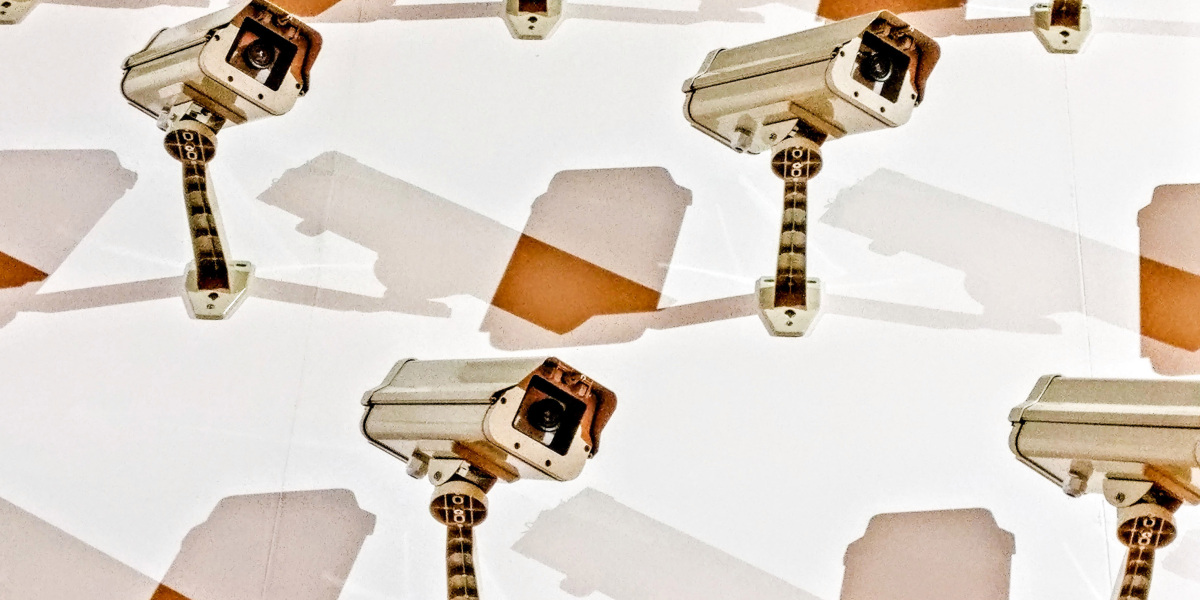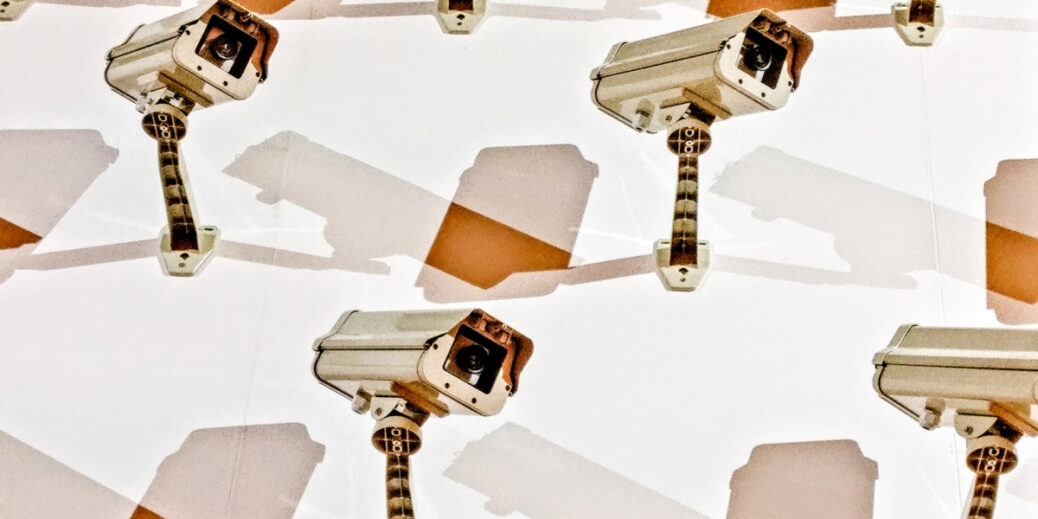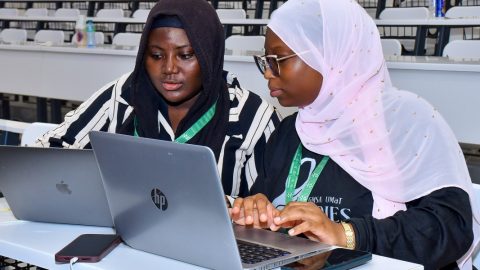
“The Clearview story really freaked a lot of people out—as it should,” says Jameson Spivack, a policy associate at Georgetown University’s Center on Privacy and Technology. Many of the concerns focus on how fragmented the field is. While major companies like IBM and Microsoft are significant forces, there are also lots of smaller private companies, like ClearviewAI and NtechLab, that operate with little public oversight. The reporting also exposed how little the public knew about the widespread government use of the technology.
The catalyst: Race protests
These stories raised awareness of the problems, but Spivack says the Black Lives Matter protests following the murder of George Floyd were the “single biggest catalyst” for legislation restricting use of facial recognition in the United States. Americans suddenly started reexamining policing and its tools, policies, and culture.
Concern had begun growing after researchers Joy Buolamwini and Timnit Gebru discovered and documented racial bias in commercial facial recognition products in 2018, leading several cities and states to pass laws that prevented the police from using facial recognition in concert with body cameras.
But during the largest protest movement in American history, activists were worried that police surveillance technologies would be used for retaliation. It has since been confirmed that at least the New York, Miami, and Washington, DC, police departments did use facial recognition to surveil protesters.
On June 1 in Washington, DC, police used pepper balls and tear gas to push back protesters in Lafayette Square so that President Trump could score a photo opportunity at a nearby church. Amid the chaos, a protester punched a police officer. Days later, officers found a picture of the man on Twitter and ran it through their facial recognition system, got a match, and made an arrest. Similarly in Miami, a woman accused of throwing rocks at police during a protest was arrested on the basis of a facial recognition match.
Spivack saw grassroots activists against facial recognition work closely with police reform groups throughout the summer and fall, led by other advocacy groups like the American Civil Liberties Union. In Portland, Oregon, one protester even created a facial recognition system to identify anonymous police officers.
As 2020 went on, legislation to limit police use of such technology was proposed at the municipal, state, and even federal levels. In June, Democratic lawmakers introduced a bill that would ban the use of facial recognition by federal law enforcement. In Vermont, an executive order from the governor created a statewide ban on government use of the technology. In Massachusetts, the cities of Cambridge and Boston passed bans on the technology this summer, and the state government approved a ban of facial recognition for public agencies, which includes law enforcement, in December; Governor Charlie Baker is currently refusing to sign the bill.
California started its own debate on statewide legislation in May, and the cities of San Francisco and Oakland already have banned use of facial recognition by law enforcement. In July, New York City instituted a moratorium on face recognition in schools until 2022. In Portland, Oregon, a new citywide ban forbids the use of the technology by any public or private group.
But this shift is not happening everywhere, as the recommitment to surveillance in Detroit shows. Spivack speculates that racial power dynamics might be influencing the political fight around police surveillance. “If you look at a lot of the cities that were some of the first to ban face recognition, they were typically—not always, but typically—wealthier, whiter, very progressive, maybe with more political capital and ability to impact lawmakers, more so than more marginalized communities,” he says.
A national prospect?
Not all the reaction has taken the form of legislation, however. In early June, IBM announced that it had stopped selling any of its facial recognition products. Amazon and Microsoft followed suit by temporarily discontinuing their contracts with police departments. And in July, the ACLU filed a lawsuit against ClearviewAI for failing to comply with the Illinois Biometric Information Privacy Act—the first full legal challenge to the company.
Microsoft, Amazon, IBM, and industry groups like the Security Industry Association are preparing for a fight. They dramatically increased the amount of lobbying on facial recognition from 2018 to 2019, and it’s expected that 2020 will show an even greater increase. Many are in favor of increased regulation, but not bans. Amazon’s moratorium will end in June, and Microsoft’s is contingent on the institution of a federal law.
Meanwhile, the ACLU continues to draft legislation that seeks to ban the technology. A statement on its website reads that the organization “is taking to the courts, streets, legislatures, city councils, and even corporate boardrooms to defend our rights against the growing dangers of this unregulated surveillance technology.”
The priorities of the new administration will also shape regulation in 2021 and beyond. As a presidential candidate, Kamala Harris cited regulation of facial recognition in law enforcement as part of her police reform plan. If the administration does push for federal legislation, it’s more likely to become a national issue, with the result that fewer resources will be directed to more local oversight campaigns. But if not, the fight will likely continue to play out on the state and city level.






Recent Comments